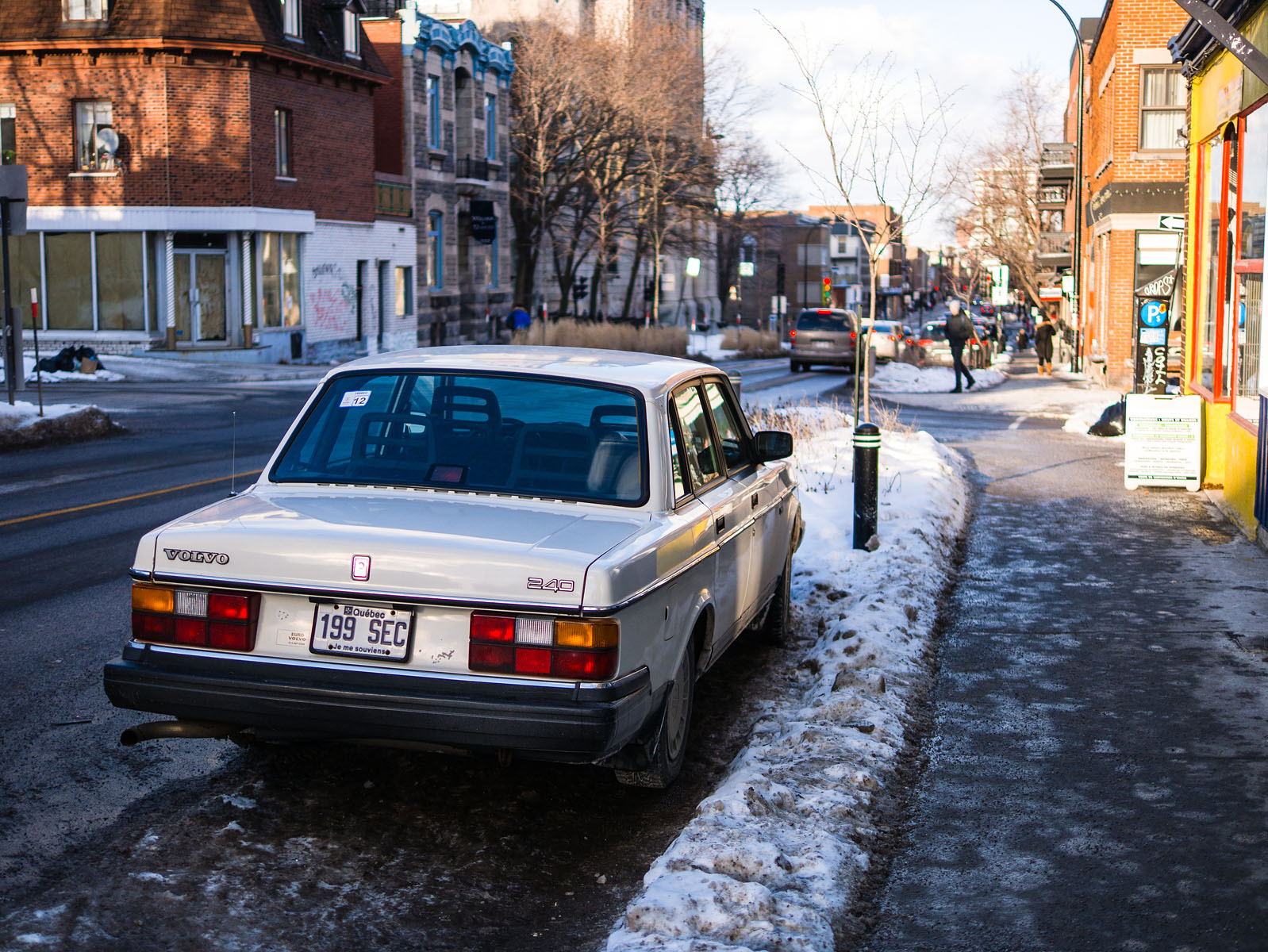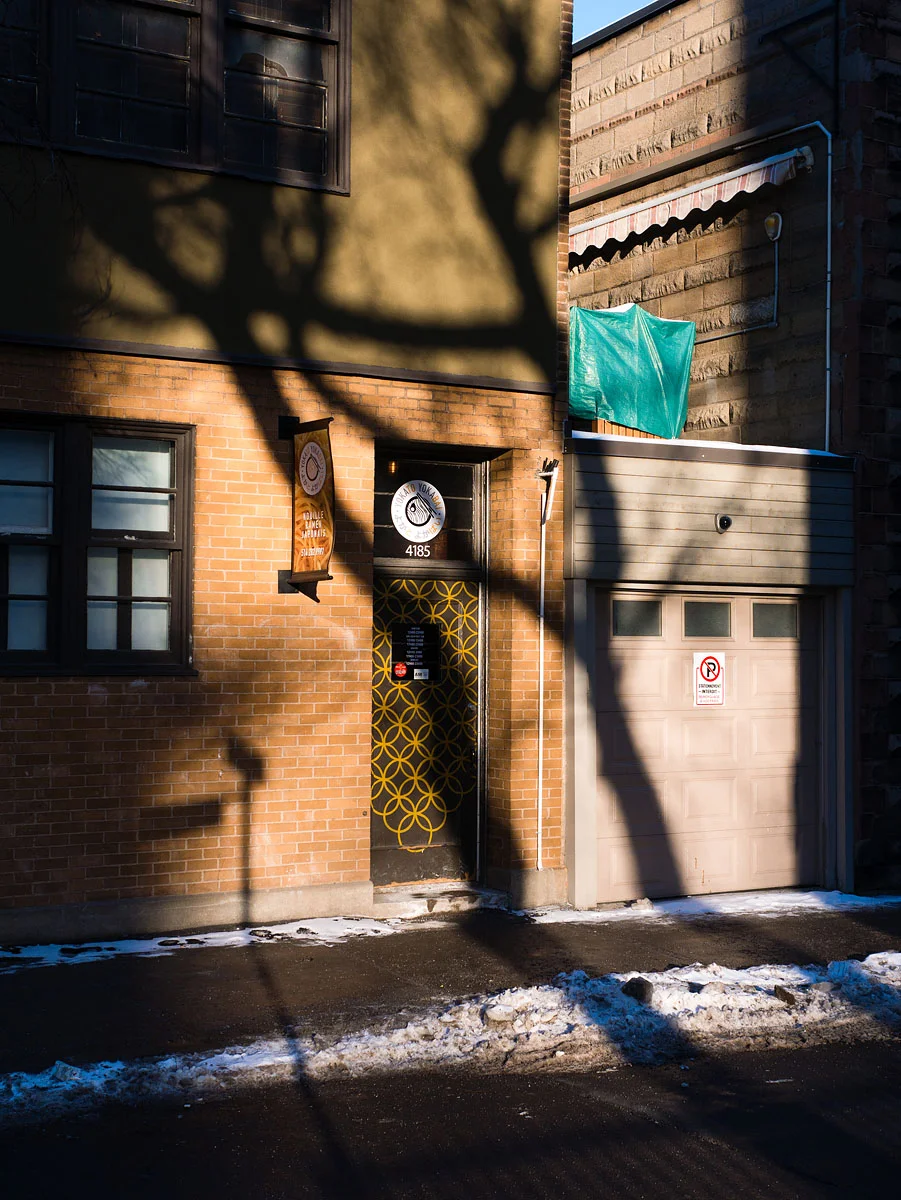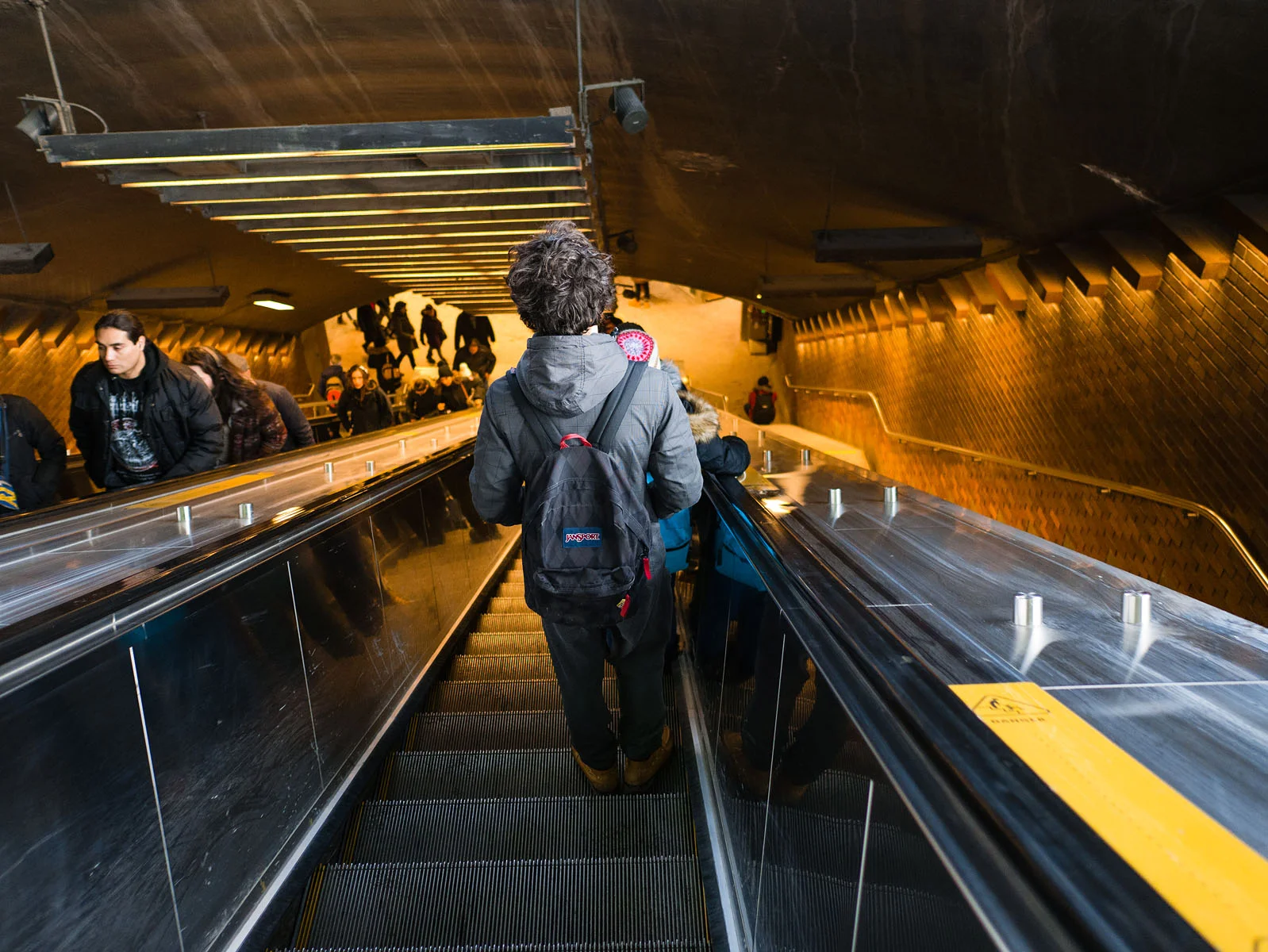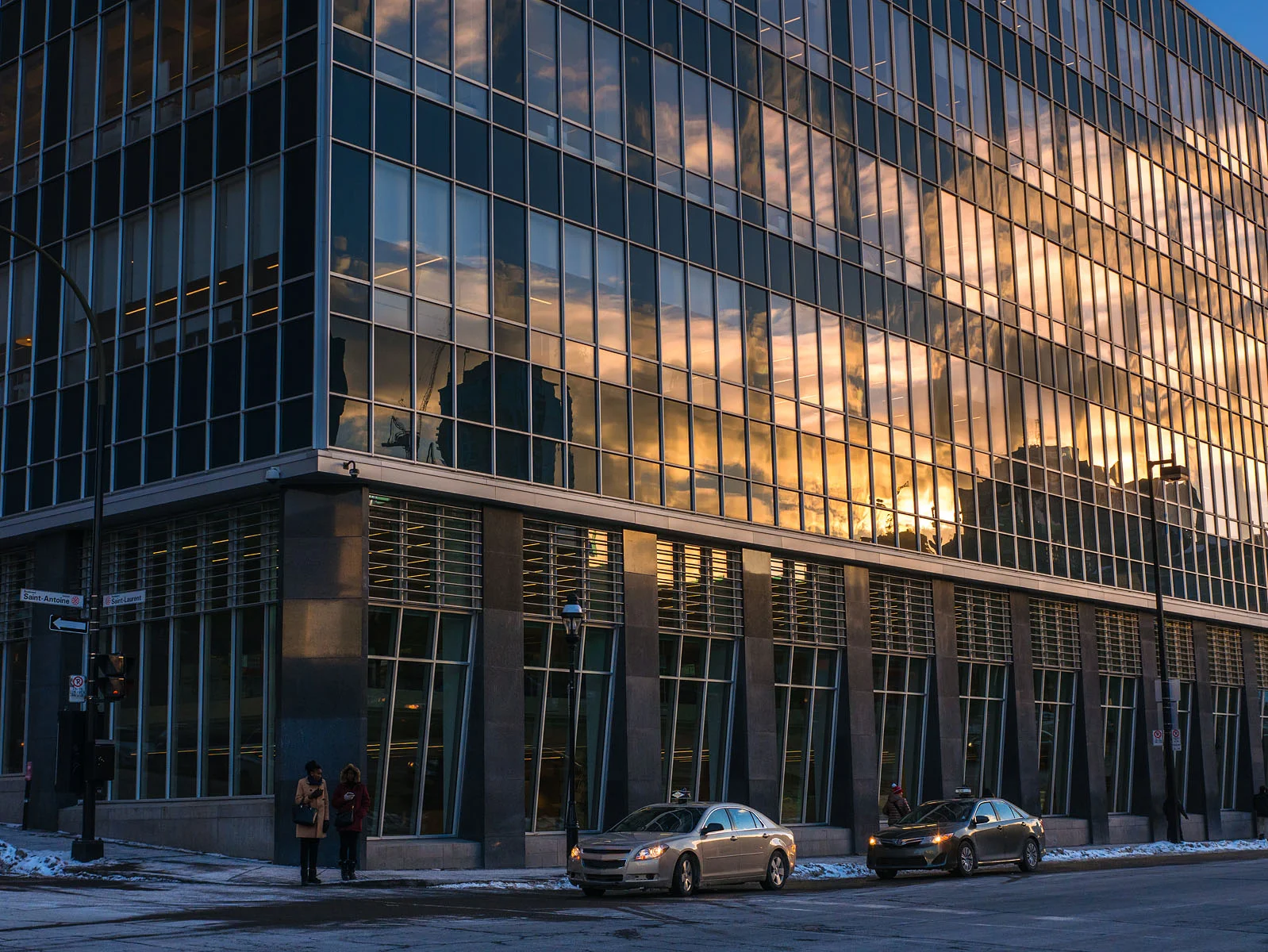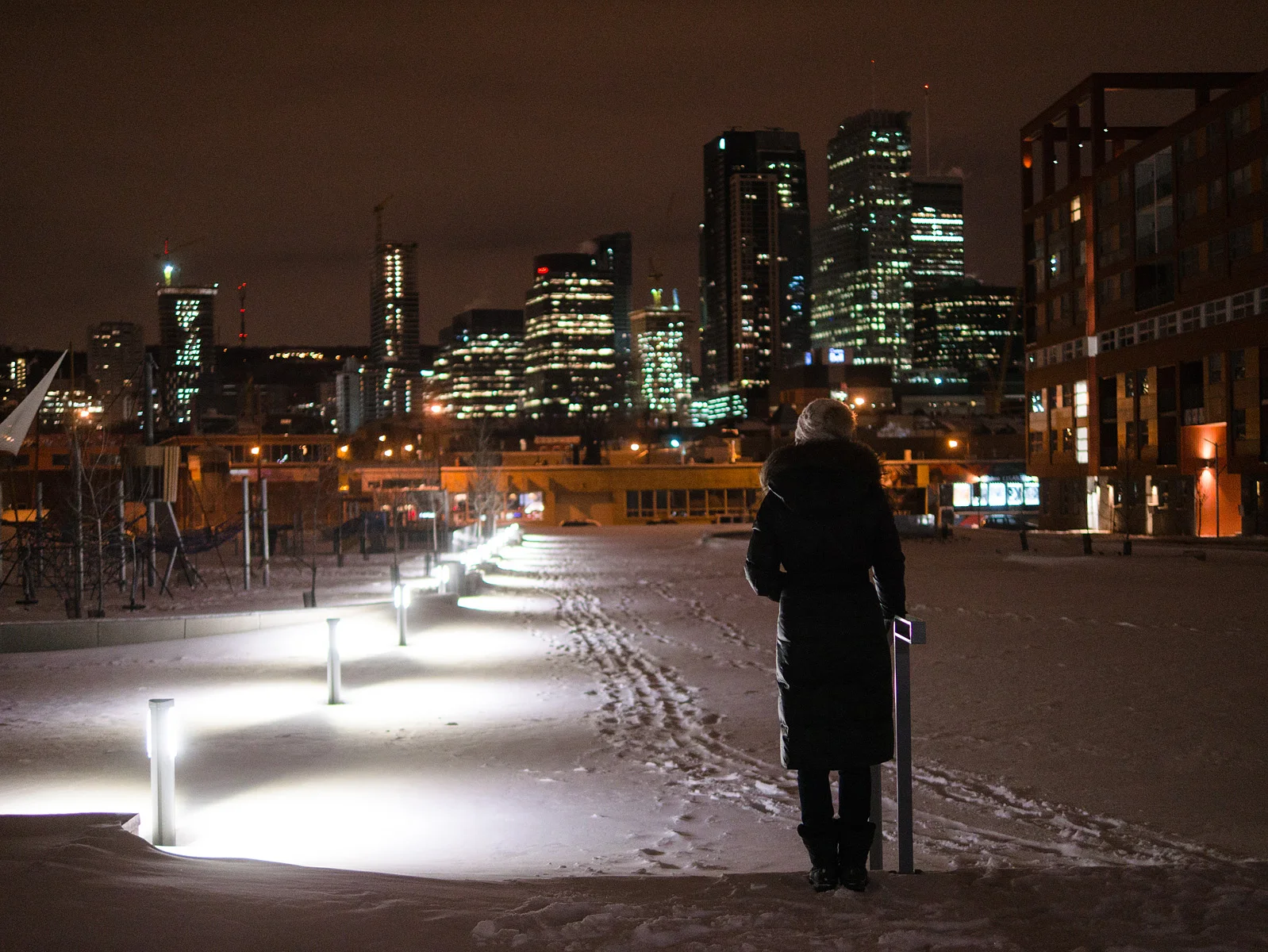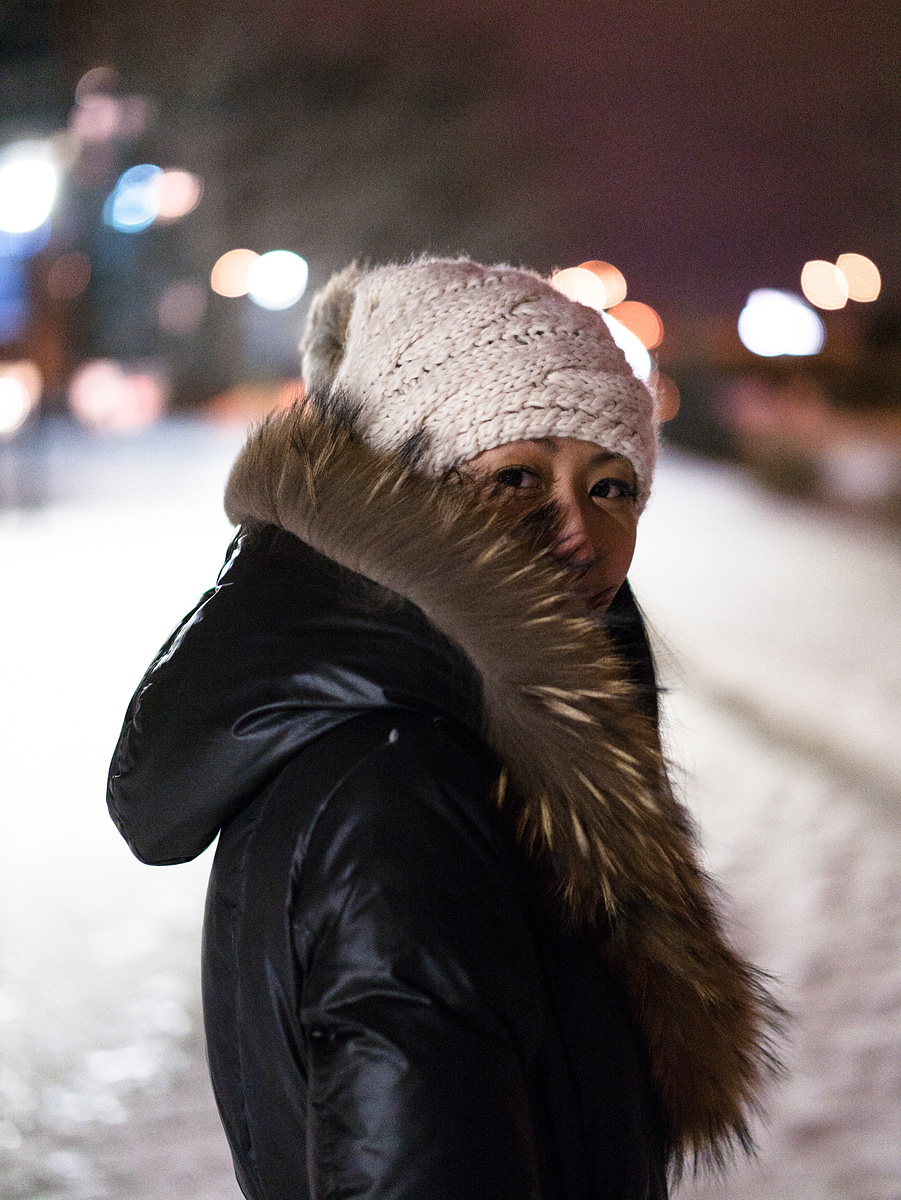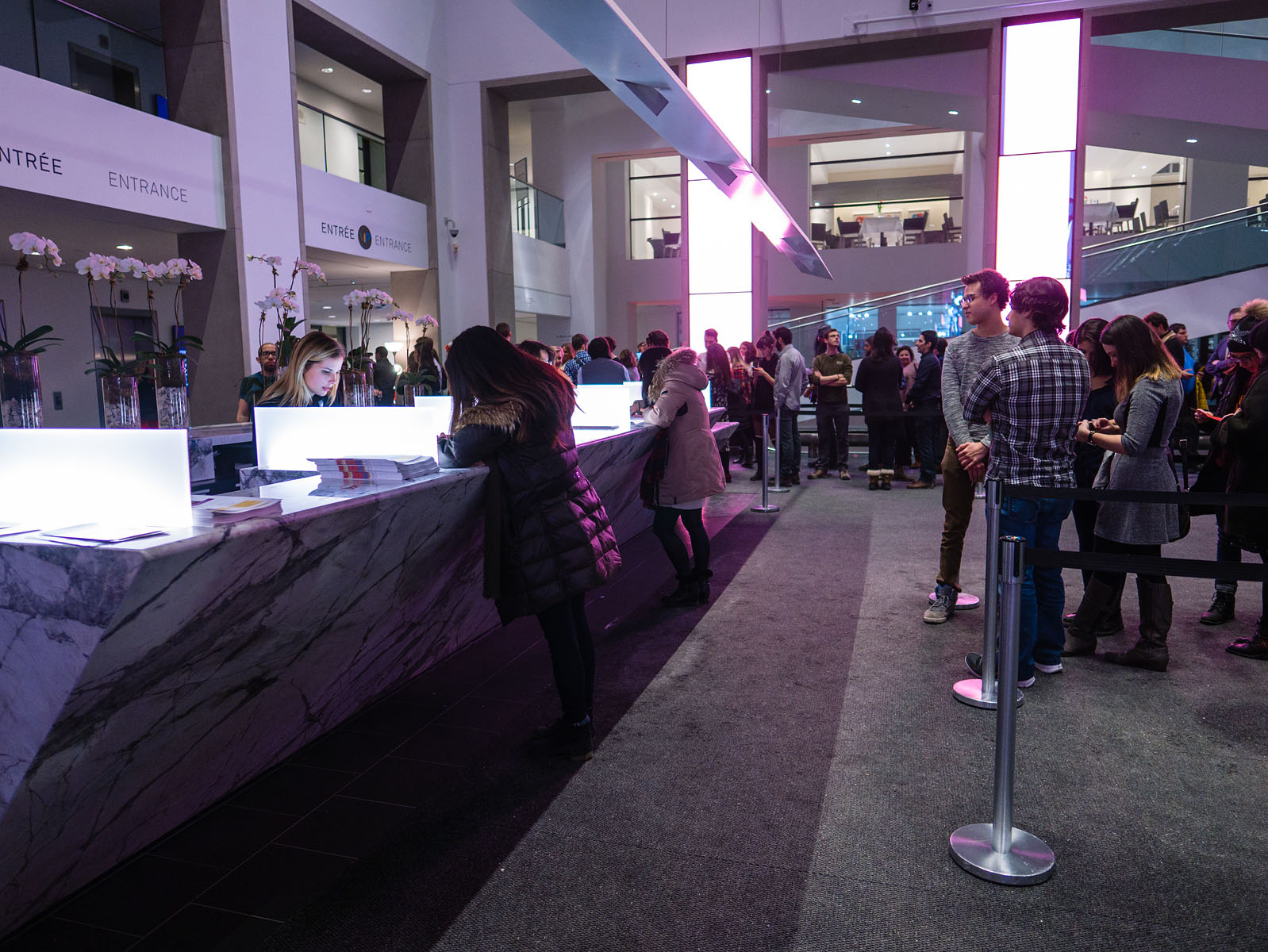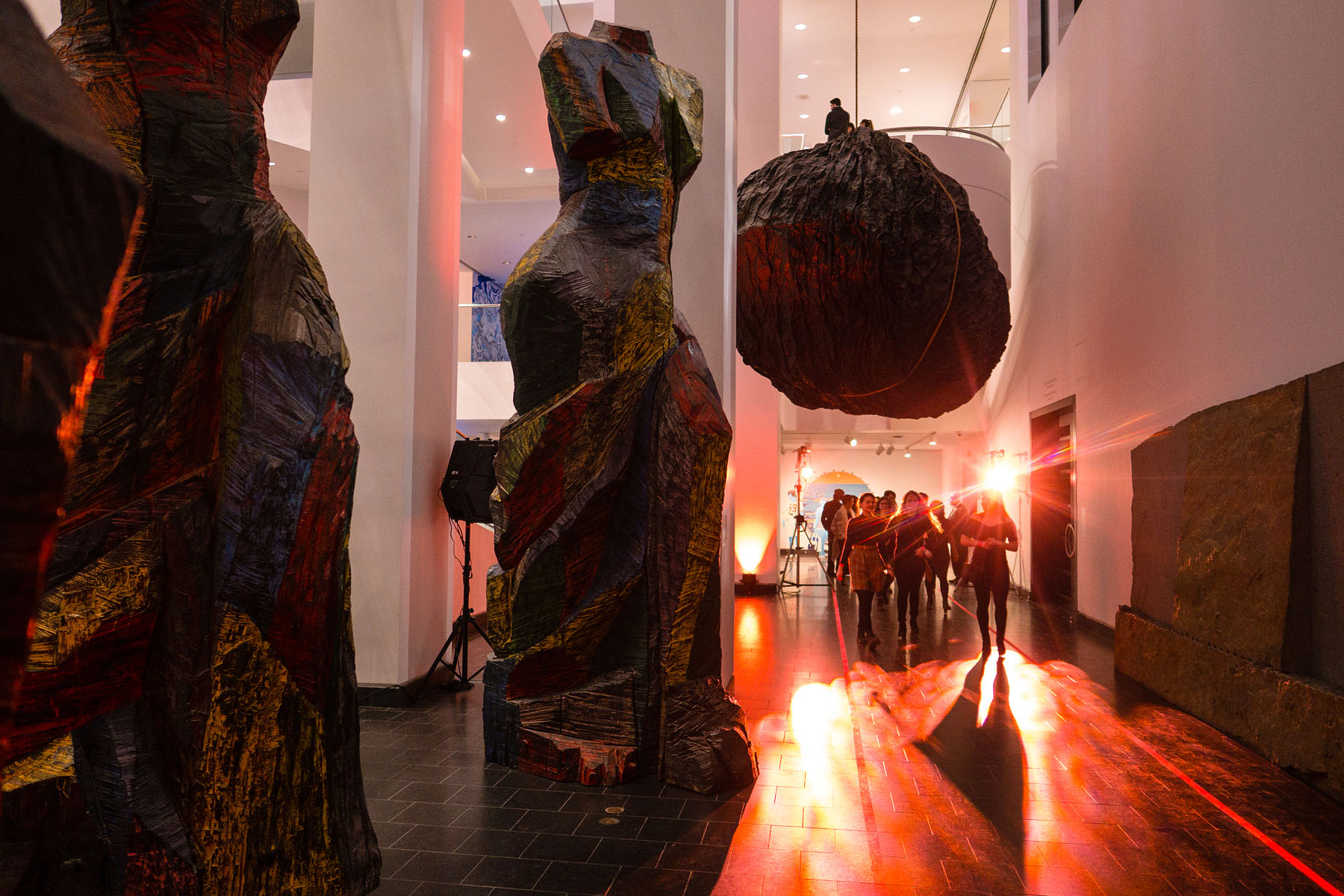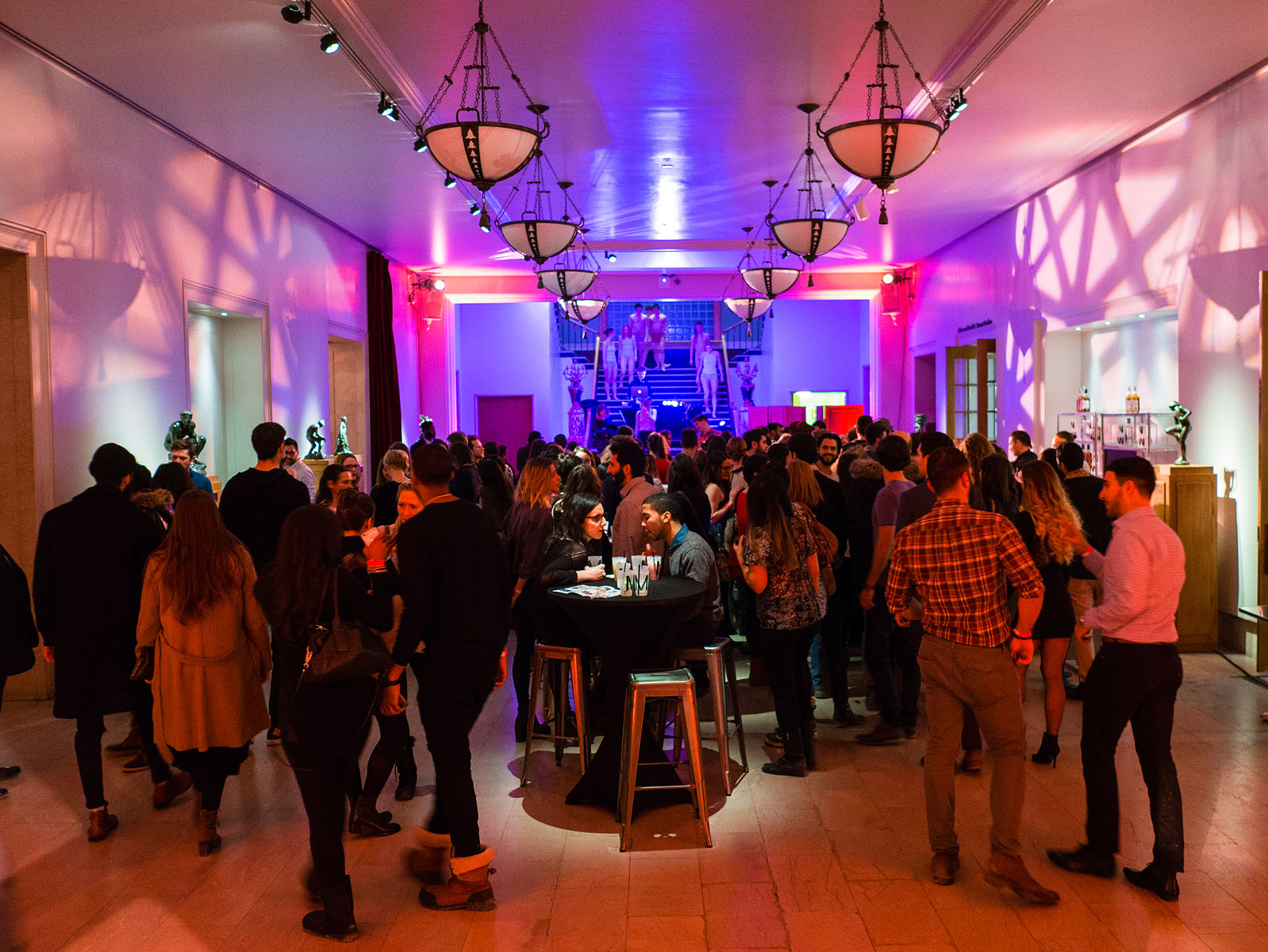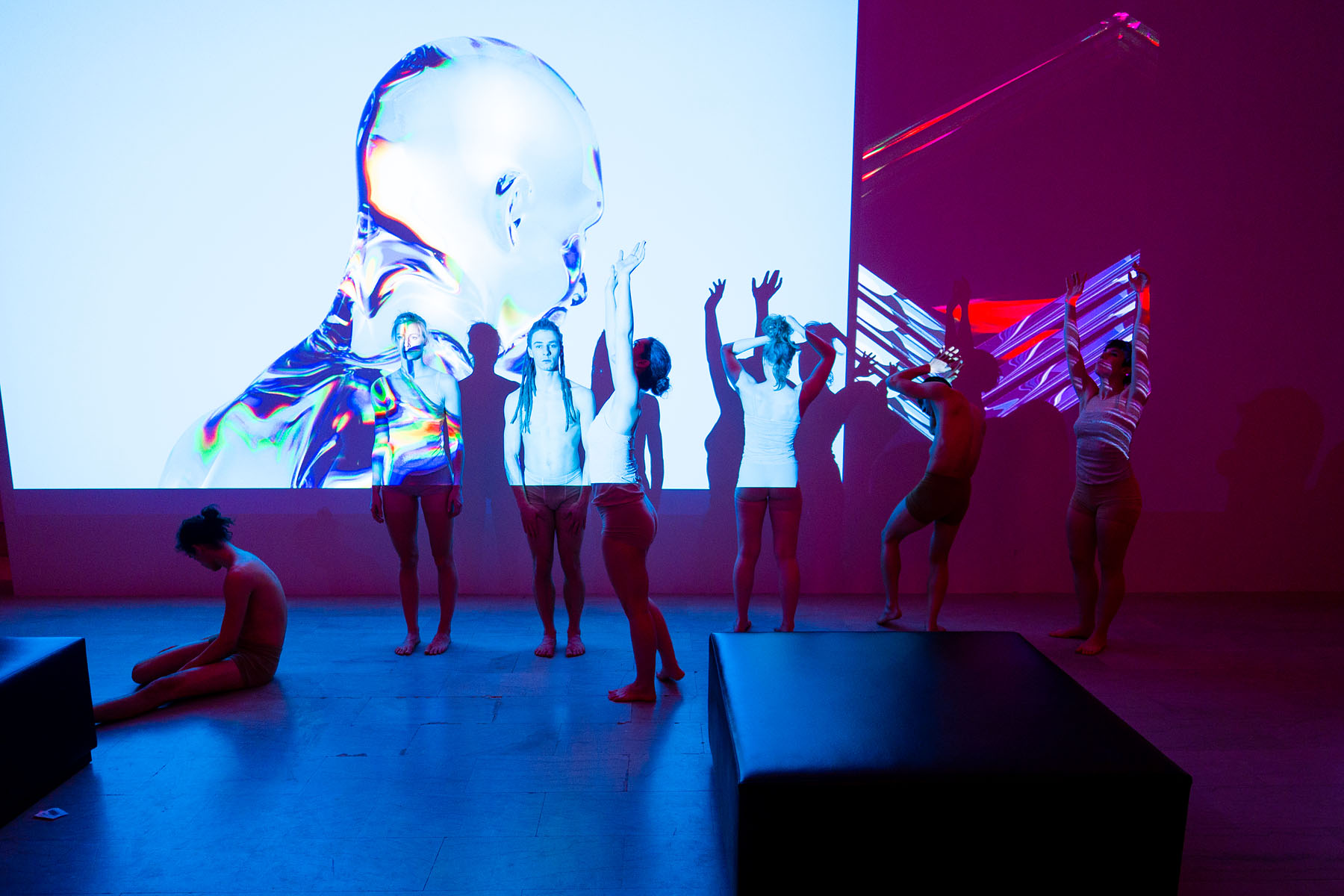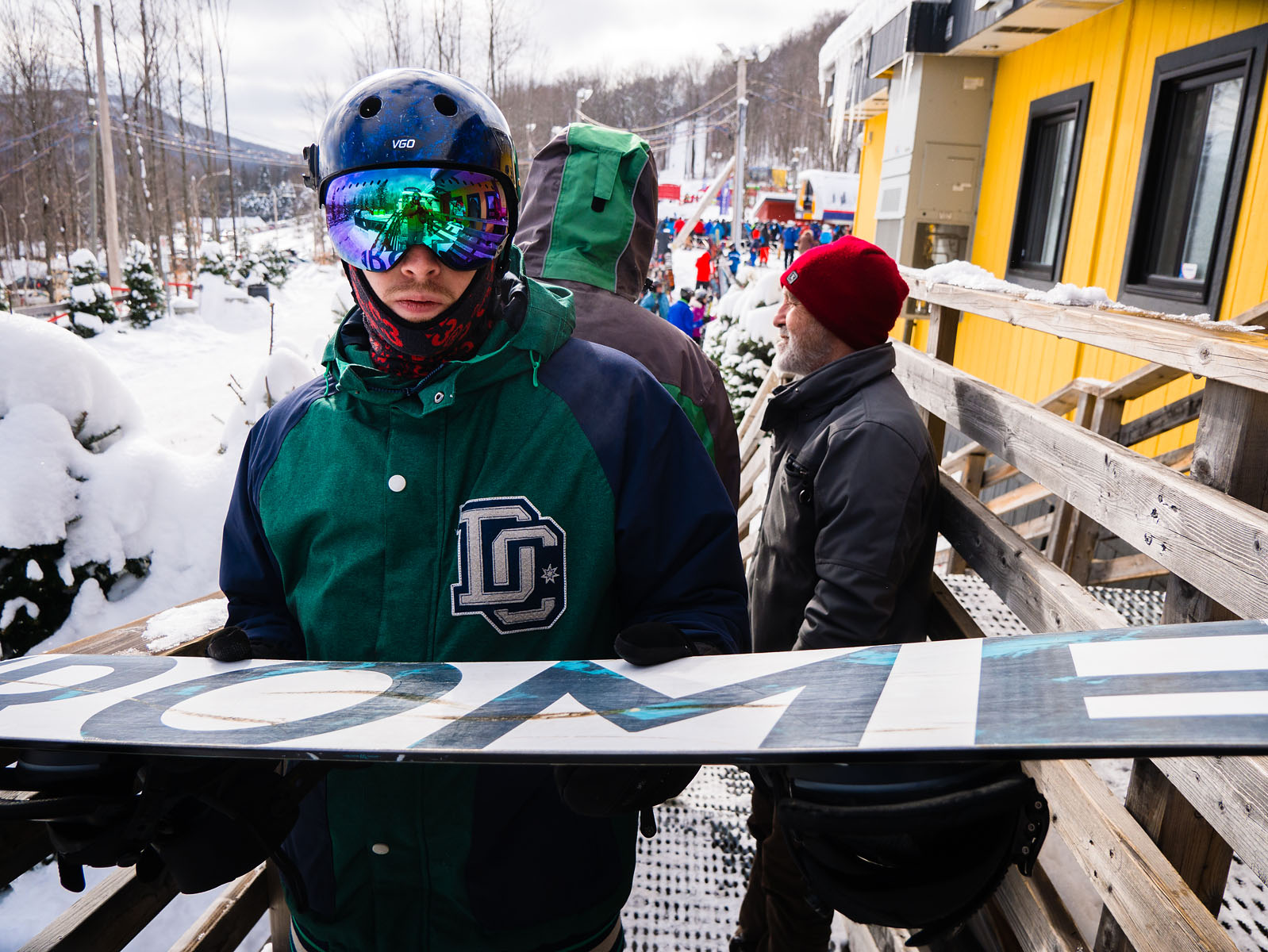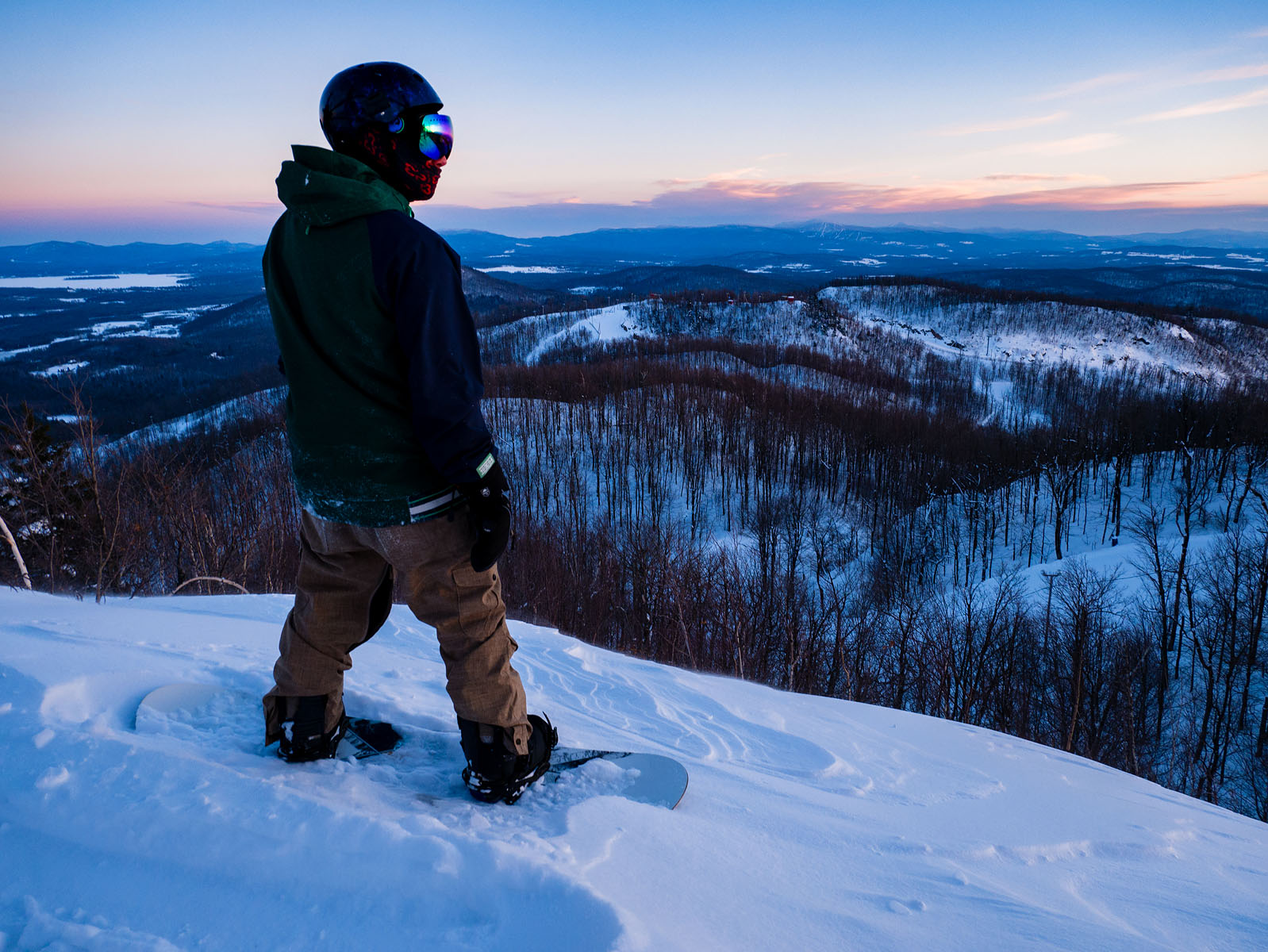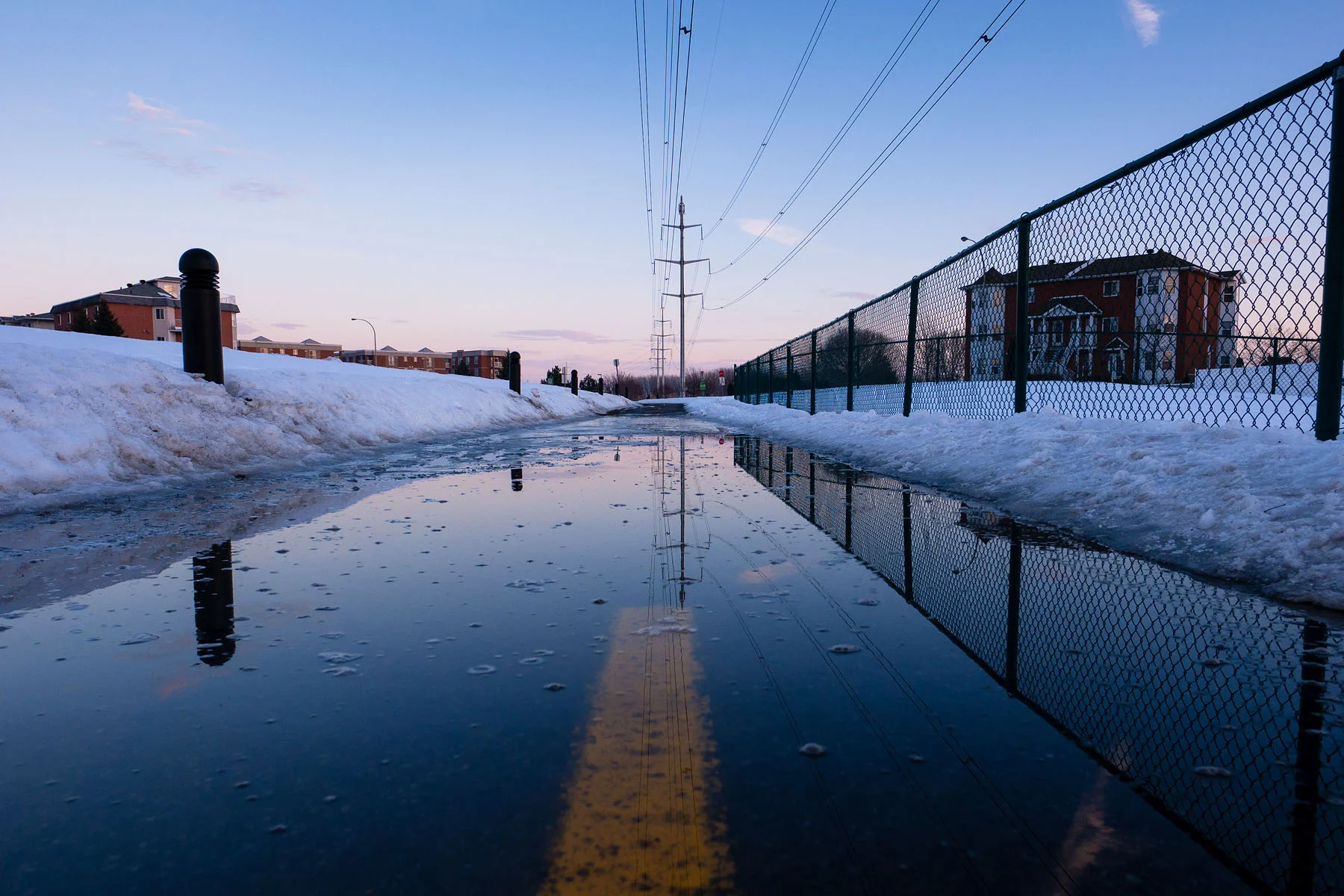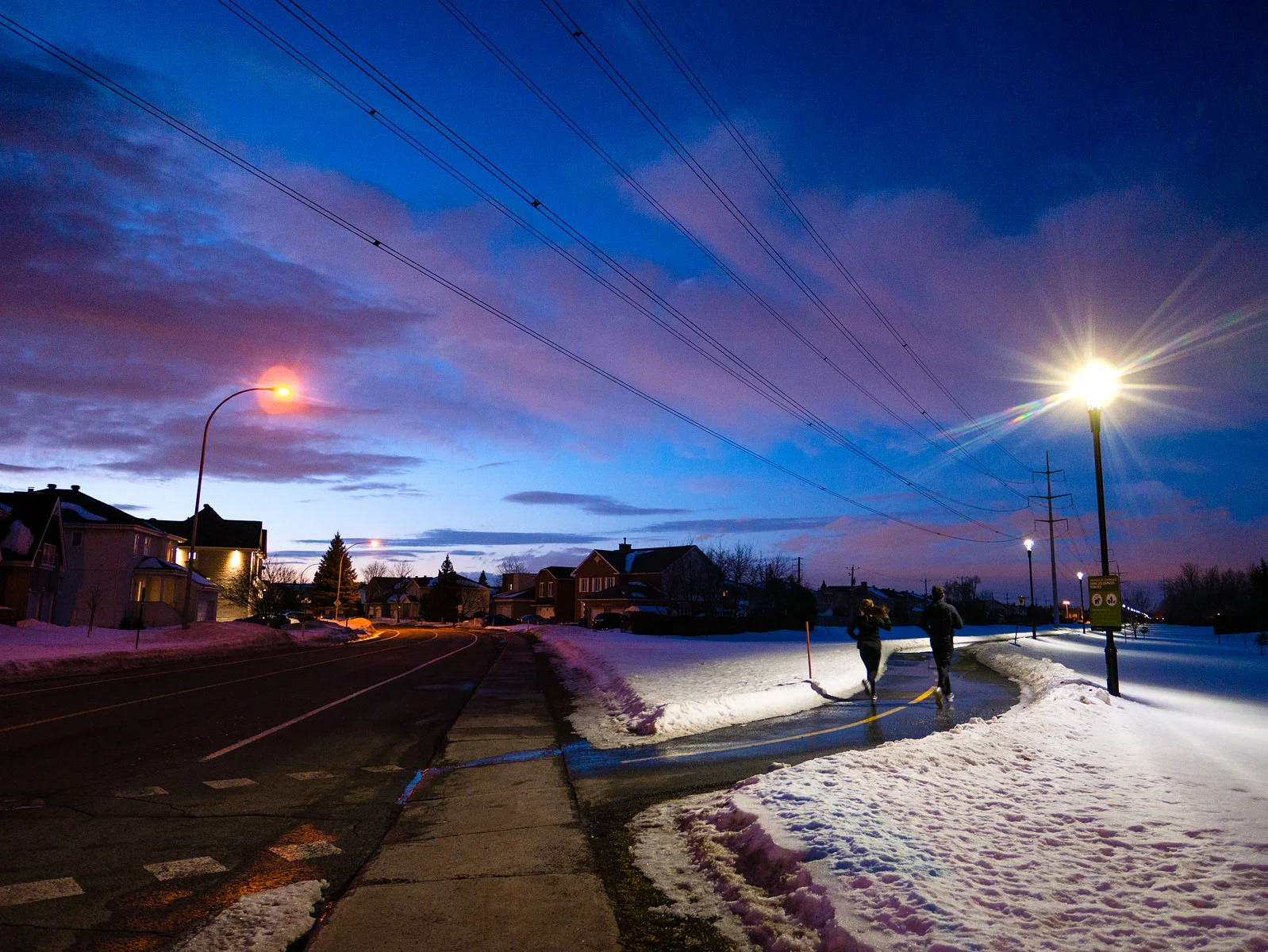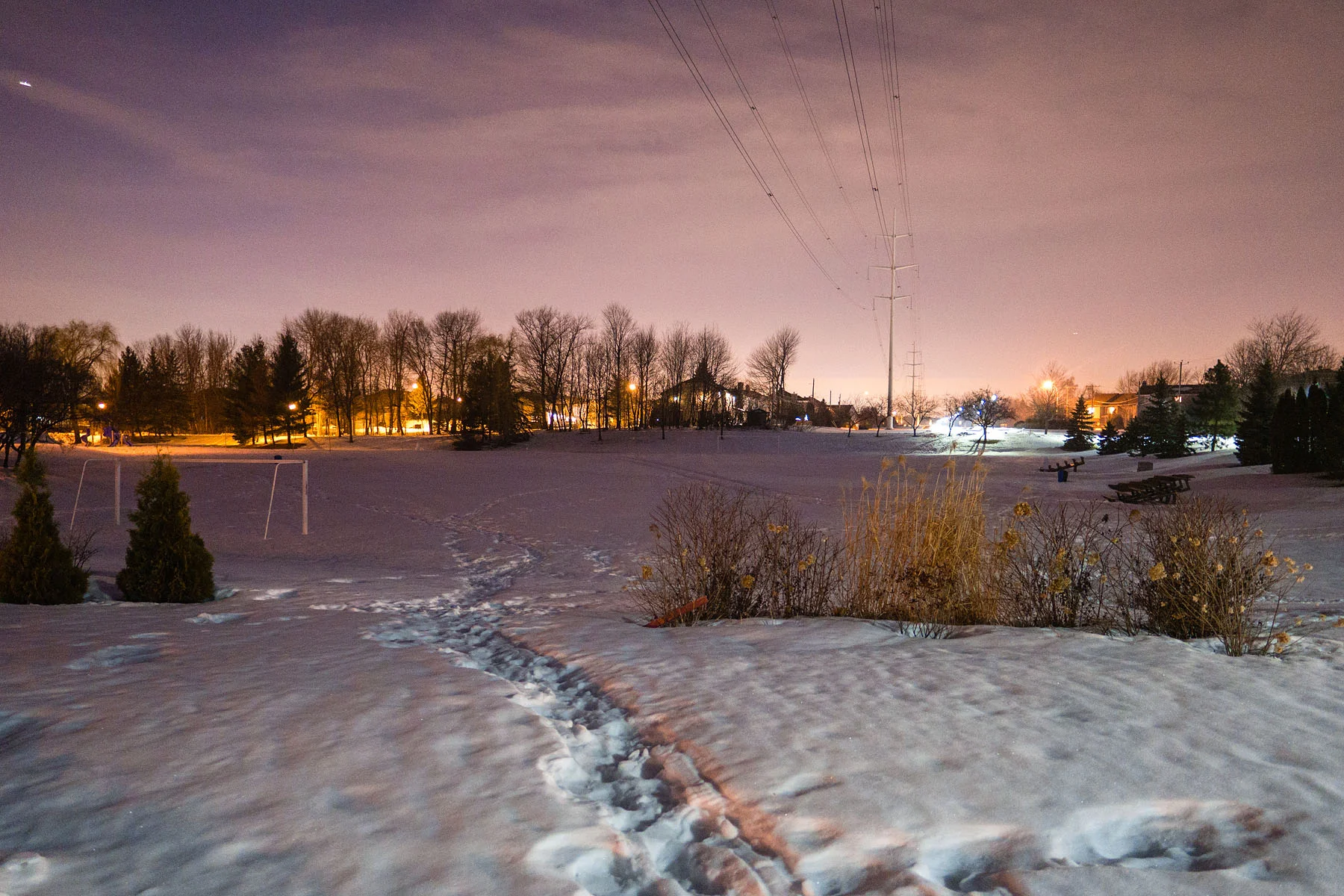Lumix G85 - Ultimate daily life camera
This is so beautiful, look at all the leica lenses. I mean... LOOK :D
Disclaimer: While all the review gear here (G85 + Lumix G 12-60mm + Leica 12mm, 15mm, 25mm, 42.5mm) has been supplied by courtesy of Panasonic Canada, all the words and opinions here are mine. When this camera was announced, I was very excited of its potential and level of polish so I asked them to send it over to me with the best m43 lenses of their lineup. I’ve honestly tried nitpicking this camera and came out quite empty handed, so here are some good words on a camera that excited me. I've shot about 30 000 frames with it over a span of a month and half and edited a few good hundreds in Lightroom CC to come to this conclusion.
I often get asked by my non-photographer/beginner friends about a camera they can buy to photograph things their smartphones can't. In search for that answer, I have countlessly written about it in my travel camera articles. While my D750 can adequately tackle daily life recording at great lengths, there is the perfect camera for it: The Lumix G85.
As I am a photographer by career, this article will explore the photographic capabilities of the G85. You won't see scientific tests here, but more like user impressions under various areas of my daily life photography.
The ultimate snapshot camera
One handed, dancing, selfie with the Leica 12mm 1.4 in -30C weather. Thank you flip out screen.
Very similar to the travel camera, I call this a non-professional camera that’s seamless, invisible, instant and that gives pleasing results while being able to fit in a bag with other life accessories. Of course, a modern smartphone has not only a great simplicity of operation, but the ability to quickly communicate its photographs to a wide audience without going through a lengthy workflow. However, it would struggle to magnify a faraway subject or enhance the intimacy of a low light encounter. The G85 finally achieves this balance of expanding the image quality with the least amount of technical commitment to the user. Don’t get me wrong, it’s not a camera that’s going to replace any professional work tool, it’s one to complement, wait for you when you get out of the job, relieves stress and brings you home.
Non-professional cameras can take shortcuts
In a very dim bar, I had 2 drinks. I was tipsy... did slow-exposure 1/15 bam. Thx IBIS.
When I use the D750, I have to shoot on my “A game”: calibrated autofocus lenses, AF point well selected, subject well in the depth of focus, shutter speed fast enough, stance/position stable enough to commit to the shutter speed, the works. The results are no doubt breathtaking and way superior to the G85, but they demand a technically “precise” approach to the image making process as well as a higher weight and size commitments. Deviate a little too much from this path and your “A game” goes to B very quickly. Such a practice philosophy needs to be maintained when using other complete brands like the Canon or Fujifilm X system.
Beerfest. You can drink and shoot, oh yes!
The G85 relies on much smaller and lighter focussed hardware made for casual photography. It can nearly be operated the way one shoots with a touchscreen on a smartphone. Unlike other competing alternatives, this isn’t a photographer’s camera. You don’t need to have great technical knowledge to get great shots. Of course, should you need to expand more on your technique, there's enough to be found in the M43 format (lenses, flashes, 4k video etc...) to satisfy.
This weather-sealed magnesium-built wonder has very effective in-body stabilization with magnetic shutter to compensate for your natural human movements:
- Yes, you can shoot it one handed without thinking too much about your posture or breathing.
- Yes, you can record videos without camera shake or shoot from a moving vehicle.
- Yes, you can do half-second exposures to over-expose your starry night sky without a tripod.
I give this camera to my friends to play with when I attend parties.
1/60 sharp with an adapted 300mm (600 equivalent)? Sure bet.
Think of this as a very reliable, well-powered and feature-packed car that comfortably carries you to your decisive moment instead of a thrilling high-performance race/sports car made to climb from 0-100 in a few seconds and turn on a dime with punishing aftermaths (horses for courses really).
One handed slow-exposure shooting while driving the car across the bridge... #dontdothisathome #doitonabridge
G85 does things similar sized dSLRs can’t
The cumbersome Rebel SL1, the g85, my fullframe Nikon. Dat badass Leica 42.5mm f/1.2 nocticron
I really love my Nikon D750. It represents a nice compromise of performance and image quality for me. It's also quite expensive and somewhat big as a carry-around. I can manage that, but when I look at the landscape of dSLRs competing in the same price range as the G85, I notice the huge lack of convenience and versatility that a user seeking a small camera would enjoy:
- Lack of AF accuracy: small dSLRs don’t have autofocus micro-adjustments. It’s a feature exclusive to bigger and higher grade cameras. Since the DFD contrast detect module of the G85 is accurate to the pixel, no need to spend time calibrating by shooting that ruler.
- Lack of AF ability: small dSLRs have a crippled autofocus system. Therefore they can’t lock focus in lowlight. The good autofocus modules are usually exclusive to bigger and higher grade cameras. Since the DFD contrast detect module of the G85 is accurate up to -4ev across the frame point to point, you never have to worry about things being out of focus.
- Tiny tunnel vision viewfinder: small dSLRs have tiny optical viewfinders, enough to maybe frame a huge object in the center of the frame. The G85 EVF refreshes fast and is as big as that of a Fullframe camera. It helps a lot for composition. If you want a dSLR with a nice viewfinder, you’ll have to get the big camera.
- Most high-performance lenses are for Fullframe: bigger lenses for small body, front heavy. M43 is an exclusive mount. Most lenses made for it are smaller and lighter. Even if you were to mount bigger m43 lenses on the G85, its grip is comfortable enough to balance with them.
- Lack custom buttons: dSLRs are classically designed and lock the user into their intended way of shooting. On G85, you can geek out the camera as much as you want. It has 10 custom function buttons (5 physical, 5 touch screen) with 56 attributable functions…
- No ibis (in-body stabilization) and shutter shake: you’ll have too shoot them like trained photographers do. Either have a fast enough shutter speed or hold your breath, assume stable posture and pray. The G85 has ibis and a magnetic shutter mechanism that keeps the camera stable while giving you a nice feedback.
Don't just stand there and act unimpressed :D
Solved M43 output
Dat skintone, dat bokeh, dat contrast, oh yes.
Pleasing image rendition is a team effort involving content (subject/lighting/composition), lens, camera (sensor/processor) and post-processing. If the lens is prone to “flatness”, non-less attributes must compensate and it seems Lumix has finally risen up to the challenge to care of this. The GX8 raised my eyebrow by finally getting an updated colour processing engine that seems to record more tonality than the previous ones, but its asking price was too expensive to purchase as a life recording camera and the GX85 just wasn’t “there” yet. The G85 output refines over the GX8 output and brings it back to the 16mp sensor without AA filter:
- The results out of camera are quite naturally pleasing. One could appreciate richer tonal gradations on the G85 images over past Lumix cameras.
- The RAW files are way more enjoyable than that of flat GH4 from 2014: the micro-contrast is superior, the tonality rolls off better, decent colorcast-less shadow recovery, great highlight recovery. Less tweaking in post streamlines the workflow and saves time!
- ISO8000 grainy but the grain is quite uniform and details are preserved. Useable! But this ain't no Nikon D750.
- Smooth highlight roll-offs make up for the sensor’s lack of dynamic range against larger ones.
If you have some trouble processing your G85 raw files, here's the lightroom preset I made and use to work on them. It simply crushes some blacks to leave way to better highlights and midtones complexity, shift some colors for better skintones and an overall warmer feel. I dig it.
Forget that 18-55mm kit lens!
12-60mm is the new game
12-60 G is so darn flexible, it can catch a snowboarder jumping off.
The G85 comes with a tiny 12-60mm (24-120mm equiv) optically stabilized lens. Seriously, I feel this camera was made for travellers. It reminds me of buying my D80 with 18-135mm lens back in the days: Already out of the box, getting such a focal length flexibility saves the purchase of a quality travel-zoom. Since the camera can combine its in-body stabilization with the lens’ optical stabilizer, shots taken at 120mm at slow shutter speeds can be captured. Can you imagine 1/10 sharp at 120mm equivalent? How about 1/2 sharp at 24mm? Done and done.
More 12-60 goodness.
How far can I push it?
Asked my friends over at Panasonic Canada to supply the camera to me with Leica primes (they are some of the best m43 lenses ever) and they delivered! On first night, I called up my friend Boramy and we went out for a portrait session outside in -20C freezing weather. The camera performed quite well without freezing under strong cold. We took about 300 shots RAW+JPG and barely ate the battery.
Another night, I went out with my friends to a museum exhibit. The camera took about 600 images and a few 4k videos. Still went up with the battery half full.
Another day, I went out to the mountain to shoot my friend jumping up some snow hills. We shot close to a thousand images, tons of continuous shooting and recorded a few 4k videos in the cold. The battery finally went down to 1 notch without flashing red.
I believe I reached the ceiling of what could be done with the raw files when I was shooting in high contrast backlit situations and in low contrast overcast situations. I simply attribute this to a lack of native gain over larger sensors. This should improve as digital processors get faster in the GH5. Here's a series of images I shot during a sunset where you'd start to see the limits of the G85 output.
You can notice that I'm crushing the shadows. Well, it's because the camera's dynamic range is more weighted towards highlights to midtones rolloffs. I figured that the G85 hates shadows so I exposed brighter to recover highlights later in post. Besides, shadow hyper detail is usually less relevant than what is lit: for years, Canon shooters have put up with this shortcoming and came out with gorgeous shots. Overall, the results are obviously not up to par with what I can do with my own professional gear (depth rendition is significantly higher on a Nikon FX camera with good glass) but they are definitely good enough for safekeeping and social media sharing.
Hardware sufficiency at 1000$
Equivalences
Long are the days since I’ve seen a brand build a “greatest hits” body by including all the best features and more at the 1000$ level. I remember the D750 jamming the D3x and D4s features in a light carbon fiber body with a very week low-pass filter over a 24mp sensor, a flip-screen, functional wifi and improved lowlight AF abilities for 2000$ish. The huge laundry list of practical G85 features (4k stabilized video, sharp sensor, decent ISO, great SOOC output, fast accurate reliable ultra-lowlight AF across the frame, huge fast refreshing EVF, ibis, Wi-Fi with full manual control, weather-sealed, flip-screen, touchscreen, no overheat, no lag, complete lens library, etc… etc… etc...) are in line with my right gear manifesto for daily life recording. I simply can’t believe something like this can exist, but we have reached that era of hardware sufficiency.
For sure, a GH5 would be better featured and would outdo the G85 in performance. It’s also much more expensive and priced at a level of specialty (probably for its 4k video abilities). It surely won’t improve over the G85 on the photography front by three times but does comes with better ISO, DR and embedded color profiles. This kind of technology could surely make its way into the 9th generation G unit.
I sincerely believe anyone would be very happy using it as a platform to capture their next life moments.
Lens recommendations
Just... lens... porn...
Once you have the G85, you should focus on getting some lowlight or portrait primes lenses to complement the versatile zoom. Here are some quick words on some prime lenses.
- The Leica DG 15mm 1.7 is a superbly small and well built little wide angle lens that cover the human field of view. A must have.
- The Leica DG 25mm 1.4 is that romantic bokehlicious prime lens that isolates subjects. While there are cheaper or more expensive alternatives (like the zuiko pro 25mm 1.2), those don’t stand up to the color and contrast transmission of this lens. A must have.
- The Lumix G 42.5mm 1.7 OIS is an affordable compact telephoto portrait lens can melts background. Its minimum focus distance is also quite close and it comes with optical image stabilization. Since it’s made for Panasonic, it can take advantage of the DFD unlike the M.Zuiko 45mm. A great value.
- The Leica DG 42.5mm 1.2 is very expensive and a little big, but it upscales the Lumix G version in every way (bokeh, colors, microcontrast, leica drawing). If you have to own one 42.5, this is the one to get.
- The Leica DG 12mm 1.4 is somewhat optional. I really love the coverage it has and the extra aperture speed is quite welcome. There aren’t many super-wide fast primes for the m43 yet and the Olympus M.Zuiko 12mm f2 isn’t a terrible lens by any means. Get if you really need. It's a timeless lens but quite expensive.
- The M.Zuiko 75mm 1.8 is the only fast telephoto prime of the line up. It’s a very sharp lens by any measure that's a little flat at times. Get if you really need.
I’d love to see a 100mm and 150mm leica prime in the future but I suppose the premium zooms are more of a priority for the Lumix brand as those are to be launched in sync with their GH5.
Closing words
Honeymooning at Mcdonald's after my first shoot, still honeymooning today.
Obviously, there will be brands that are better in some ways, but the G85's mission is to stand firmly in the middle of all this by achieving perfect balance of high performance photo+video in the most concise, easy to use and lightweight package to date, the most affordable Goldilocks of 2017. So there you have it, G85 one of the best all-round life recording camera ever made.

